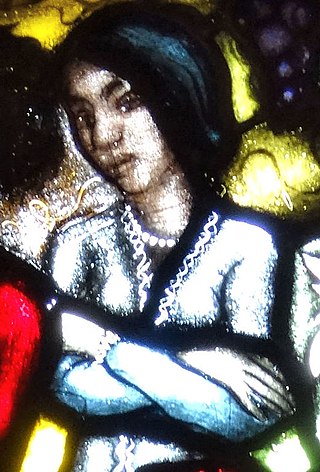
Sneek is a city southwest of Leeuwarden and the seat of the former municipality of Sneek in the province of Friesland, Netherlands. As of 2011 it is the seat of the municipality of Súdwest-Fryslân. The city had approximately 33,855 inhabitants in January 2017.

Harlingen is a municipality and a city in the northern Netherlands, in the province of Friesland.

Dronryp is a village in the Dutch municipality of Waadhoeke. On 1 January 2017, it had 3,281 inhabitants.

Franeker is one of the eleven historical cities of Friesland and capital of the municipality of Waadhoeke. It is located north of the Van Harinxmakanaal and about 20 km west of Leeuwarden. As of 2023, it had 13,015 inhabitants. World Heritage Site the Eise Eisinga Planetarium, established in 1781, is located in the city.

The Harmelen train disaster, on 8 January 1962, was the worst railway accident in the history of the Netherlands. Harmelen, in the central Netherlands, is the location of a railway junction where a branch to Amsterdam leaves the Rotterdam to Utrecht line. It is common at high-speed junctions to avoid the use of diamond crossings wherever possible—instead, a ladder crossing is employed where trains destined for the branch line cross over to the track normally employed for trains travelling in the opposite direction for a short distance before taking the branch line.

The Dutch resistance to the German occupation of the Netherlands during World War II can be mainly characterized as non-violent. The primary organizers were the Communist Party, churches, and independent groups. Over 300,000 people were hidden from German authorities in the autumn of 1944 by 60,000 to 200,000 illegal landlords and caretakers. These activities were tolerated knowingly by some one million people, including a few individuals among German occupiers and military.

The Thirsk rail crash occurred on 31 July 1967 at Thirsk, Yorkshire, England on the British Rail East Coast Main Line.

Coert or Court Lambertus van Beyma, son of Julius Matthijs van Beyma and Fokel Helena van Burmania, was a public notary and auctioneer, delegate and representative of the Frisian States, and the radical leader of the Frisian patriots. He was the initiator of a Frisian coup and spent seven years in exile in north-western France. On his return to the Netherlands in 1795, he became a delegate to the National Assembly of the newly established Batavian Republic.
The Noord-Friesche Locaalspoorweg-Maatschappij was a railway serving the sparsely populated province of Friesland in Northern Netherlands. Operated by the North Friesland Local Railway Company, it functioned as a light railway, equivalent to what would be known in the UK. The line spanned approximately 91 kilometers and was built to 1,435 mmstandard gauge.

The Weesp train disaster took place on 13 September 1918 near Weesp, Netherlands. With 41 deaths and 42 injuries, it was the largest train disaster in Dutch railway history until the 1962 Harmelen train disaster.

Fedde Schurer was a Dutch schoolteacher, journalist, language activist and politician, and one of the most influential poets in the West Frisian language of the 20th century.

Kortebaanschaatsen refers to an old form of Dutch ice skating tournament that goes back to the 18th century. It is not to be confused with the modern speed skating sport known as short-track speed skating. The sport is similar to harness racing and is similarly set up in two straight lanes of 160 meters.

Waadhoeke is a municipality of Friesland in the northern Netherlands. It was established 1 January 2018 and consists of the former municipalities of Franekeradeel, het Bildt, Menameradiel and parts of Littenseradiel, all four of which were dissolved on the same day.

At the Railway accident near Halfweg on 2. November 1966, an electric multiple unit derailed near Halfweg in North Holland.

The Intercity Nieuwe Generatie, or ICNG is an electric multiple unit trainset of the Dutch Railways. In addition to supplementing the existing intercity rolling stock, it will replace the Bombardier TRAXX locomotives and Intercityrijtuig coaches on the high-speed line between Amsterdam and Belgium. This will provide the connection that was originally planned to be provided by the Fyra service, which was cancelled in 2013.

Melisande Tatiana Marie (Anda) Kerkhoven was a woman who joined the resistance during World War II. She was an important courier of the ‘De Groot’-group of Gerrit Boekhoven in Groningen. On 19 March 1945 she was shot by Dutch accomplices of the Sicherheitsdienst.

The NS 4000 was a series of express steam locomotives of the Dutch Railways from 1945 to 1956.

Esmée Adrienne van Eeghen was a Dutch resistance fighter in World War II. Van Eeghen is controversial because she fell in love with a German officer, but in spite of this played a significant role in the resistance, especially in Friesland, a role that would ultimately be fatal for her, due to her turbulent love life. The character Rachel Stein from the 2006 film Black Book was based on the life of van Eeghen.
The rail war began in different regions of Russia in the spring of 2022 after a similar rail war in Belarus.


















